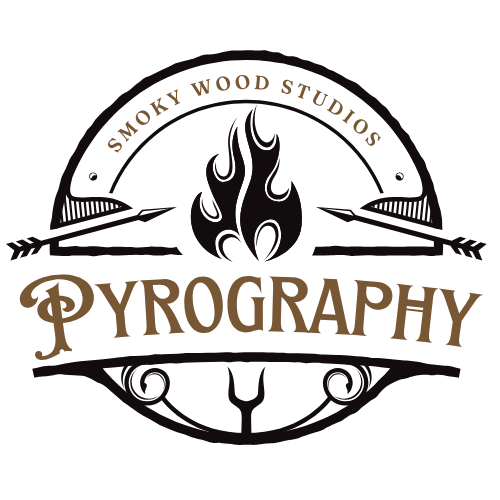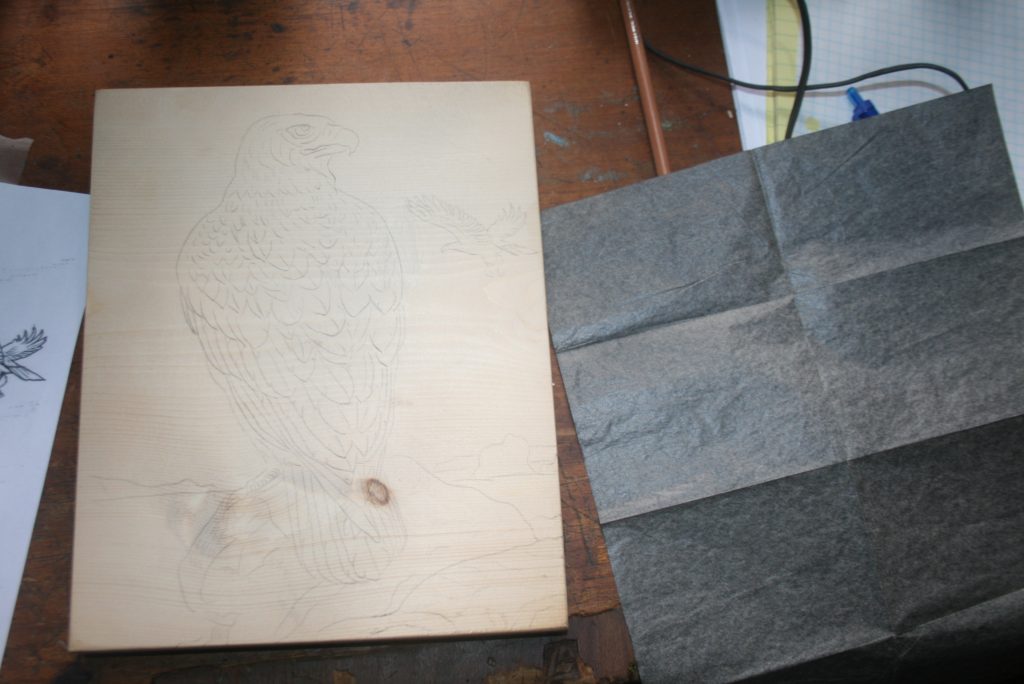If you’re new to pyrography—the art of burning designs onto wood—choosing the right type of wood can make a huge difference in your results. Some woods are easier to work with, while others can cause frustration (or even health risks) if you’re not careful.
In this guide, we’ll break down the best wood types for beginners and what to avoid, so you can focus on creating beautiful, detailed burn art with confidence.

What Is Pyrography?
Pyrography, often called woodburning, is the process of using a heated tool to burn designs onto wood surfaces. While it sounds simple, the quality of your finished work is heavily influenced by the type of wood you use.
The right wood:
- Burns cleanly and evenly
- Allows for better control and detail
- Doesn’t emit harmful fumes
Choosing the wrong wood can lead to blotchy burns, difficulty in making smooth lines, and even unsafe working conditions.
Key Factors to Consider When Choosing Wood
Before you grab any piece of wood, consider these factors:
- Softness: Softer woods are easier to burn, especially for beginners. Hardwoods require more heat and control.
- Grain: Look for tight, even grain patterns. Wild or porous grain can disrupt your design.
- Color: Light-colored wood provides high contrast, making your burn marks stand out more clearly.
- Toxins: Avoid any wood that’s painted, treated, or contains resin—burning these can release toxic fumes.
Best Types of Wood for Pyrography
1. Basswood
- Ideal for beginners
- Light, soft, and smooth surface
- Minimal grain allows for precise linework
- Readily available and inexpensive
2. Birch
- Light color and fine grain
- Slightly denser than basswood but still manageable
- Great for more detailed or shaded work
3. Maple
- Smooth, hard surface
- Takes a bit more heat, but offers sharp, clean lines
- Better suited for detailed or layered designs
4. Poplar
- Easy to find and budget-friendly
- Light, with subtle grain
- A little harder than basswood, but still beginner-appropriate
5. Beech
- Even grain and medium hardness
- Clean burning with a smooth finish
- Good transition wood for beginners moving toward more complex work
Woods to Avoid
Not all woods are safe or smart to use for pyrography. Avoid these:
- Pine: Contains sap and resin, which can bubble and smoke; grain is unpredictable
- Oak: Porous and uneven, making it hard to control burning
- Treated or painted wood: Chemicals used in these materials can release dangerous toxins when burned
Tips for Beginners
- Always sand your wood before burning to create a smooth, even surface
- Test your tool temperature on a scrap piece before starting your actual project
- Work in a well-ventilated area or use a smoke extractor to protect your lungs
- Wear a mask if you’re unsure of the wood’s treatment history

Choosing the right wood is one of the easiest ways to set yourself up for success in pyrography. For beginners, basswood is the top choice thanks to its softness and fine grain. As you gain experience, you can branch out into hardwoods like maple and beech for more advanced techniques.
Always prioritize clean, untreated wood and practice safe burning habits. With the right materials, you’ll be amazed at how quickly your skills develop.


